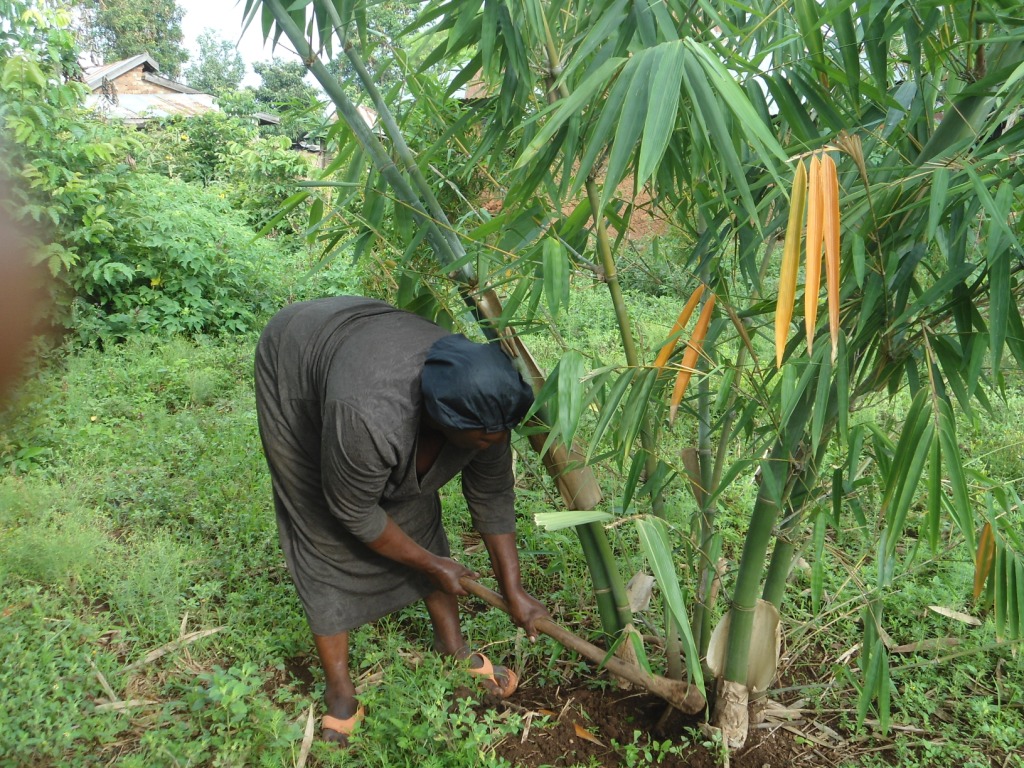Last week, I was asked to be panellist at the closing session of the World Congress on Agroforestry in Delhi. The topic for the panel discussion was agroforestry and the Sustainable Development Goals. Dennis Garitty, former Director-General of ICRAF the World Agroforestry Centre had made the point in his key-note speech that we need new approaches towards agro-forestry and that the time has come to look for innovation and out-of-the-box solutions.
My message was that bamboo and rattan are excellent tools to help reach these goals, and that they should play a key role in future agro-forestry schemes. I made the case that bamboo is found throughout the tropics and sub-tropical belt; that it is arguably the fastest growing plant in the world and that cultivating bamboo is relatively simple compared to other crops. Therefore, bamboo could be one of the innovative solutions that Dennis Garrity was asking for.
I explained that bamboo is directly helping to reduce poverty and provide alternative income for local people, for example by transforming the bamboo into charcoal. This is a sustainable practice, as bamboo grows back after harvesting, it produces good charcoal with a high calorific value and the smoke from bamboo charcoal is cleaner than smoke from a wood fire. What I did not stress is that charcoal can be used in fuel-efficient stoves, using smaller quantities of fuel and reducing the smoke production even more.
I stressed the environmental aspects of bamboo, especially the ability to bind soil, maintain slope stability and therefore the potential to help combat soil erosion and land degradation. I also made the point that a bamboo forest absorbs more Carbon Dioxide than an equivalent forest of fir trees, by showing one of the graphs of the INBAR publication on bamboo and climate change.
Finally, I explained that bamboo also has a major economic role to play. Traditionally, bamboo and rattan were mainly used for mats, baskets and furniture, and this is still a major economic activity for many local communities and individual households or small enterprises. The future for bamboo production is to enable large-scale landscape restoration, create industrial building materials of high quality and high value and maybe provide a source of bio-ethanol and bio-butanol.
I concluded by reiterating that bamboo and rattan are extremely helpful tools for the goal of sustainable development, and urged the agro-foresters in the room to consider bamboo in their future planning.



Very True indeed. As a meter of fact, i am making bamboo charcoal as a product out of the leftovers from a bamboo products plant. Just my little efforts towards making a better world.
Dear Lam,
I appreciate your efforts to make charcoal from bamboo leftovers rather than burning a bamboo which can be used for more better uses.A valid point to be propagated everywhere.
Regards
Hemant Bedekar
Pune , India.
Bamboo charcoal is a simple means to help poor communities find a source of income. INBAR has done some good work in this respect in India, Ghana and Ethiopia, and we want to scale up our pilot activities.
Have you read my next blog about bamboo charcoal industry in China?
Very well said
Well said!
How will u guide us in Bangladesh to realize the positive potential of bamboo in Bangladesh?
Bangladesh is a member of INBAR, and we will work with the Government to support development of Small and Medium Enterprises.
Yes,in India millions of hectares of wasteland along the water streams, as well as back waters of percolation tanks to huge dams is lying without any productivity. If these waste lands utilised for plantation of bamboo along with local trees and grasses it will save the millions of tons of soil as well it will purify the water. In India, bamboo is used for several purposes as it is in other countries also.Lot of waste generates ,when it is used industrially. That waste can be converted into the charcoal or any other energy resource like CNG. It will save lot of foreign exchange of the developing countries and the waste lands will be utilised.
Dr. Hemant Bedekar
Executive Director, Bamboo Society of India,
Maharashtra Chapter.